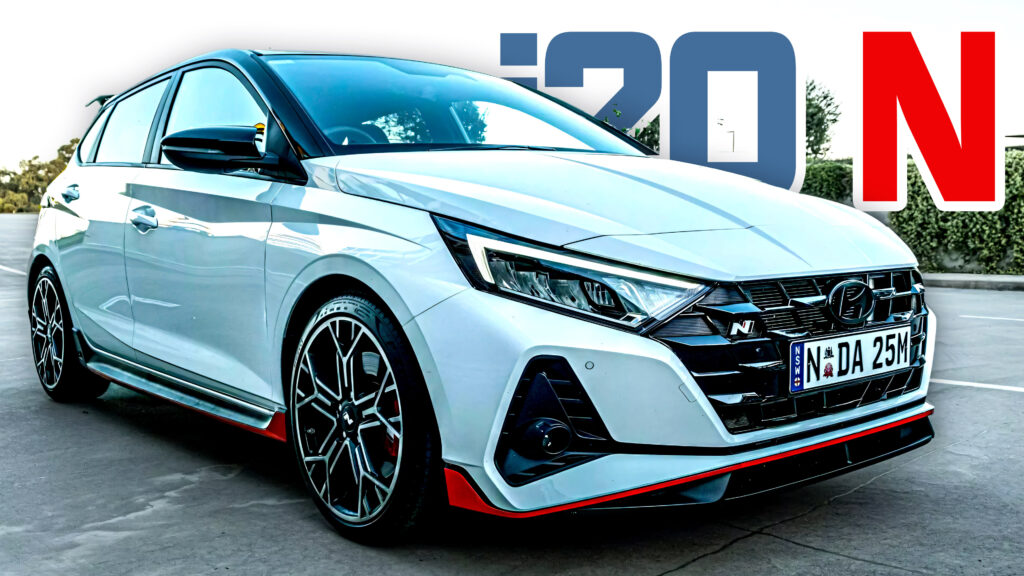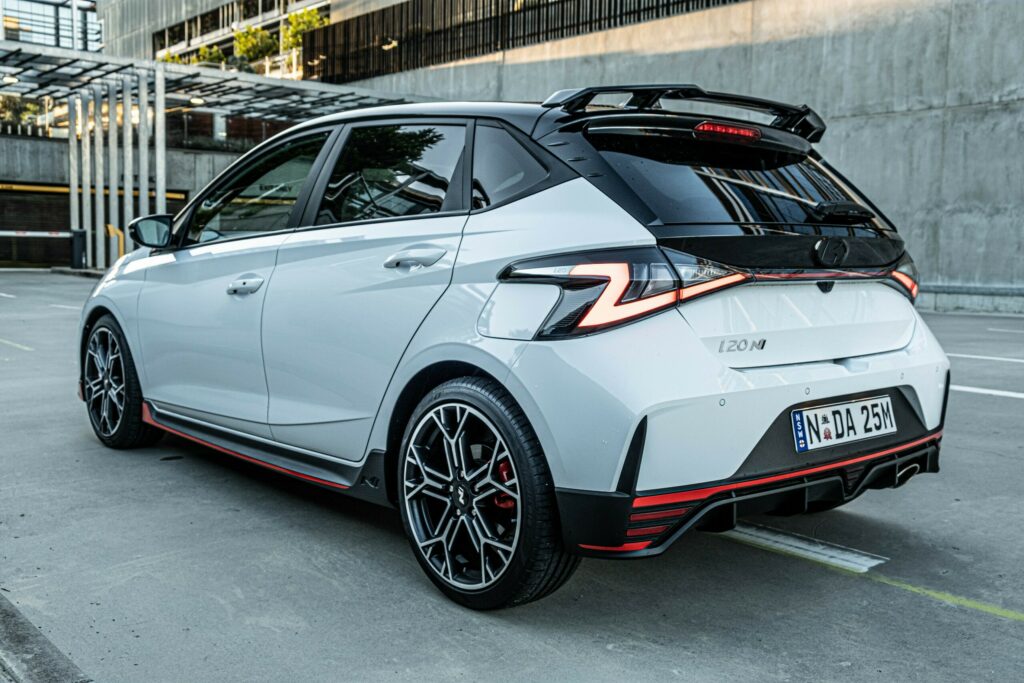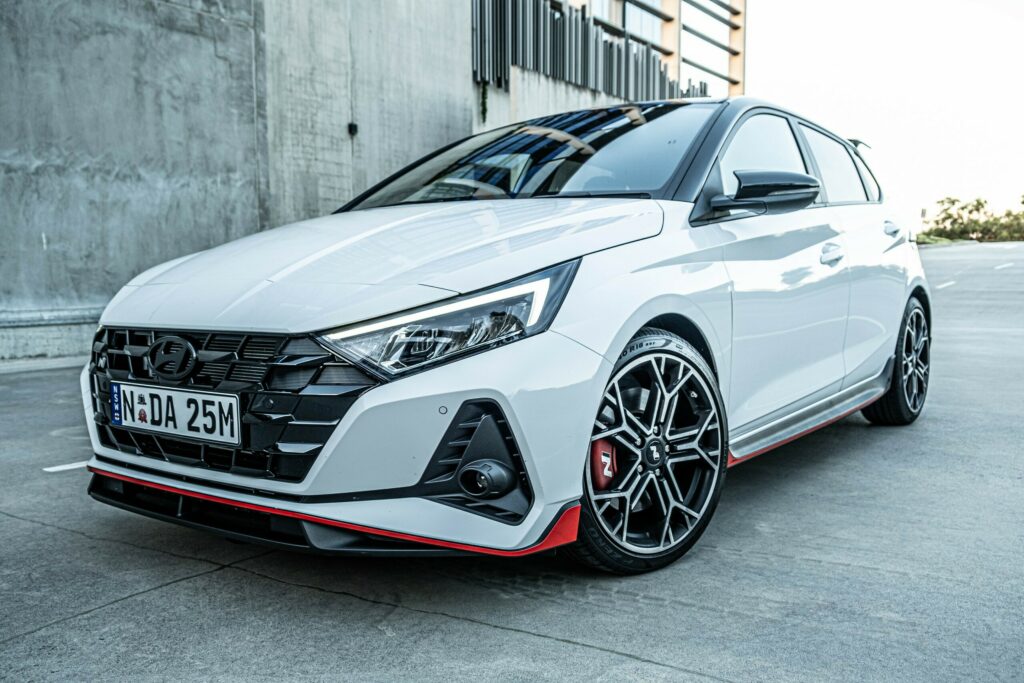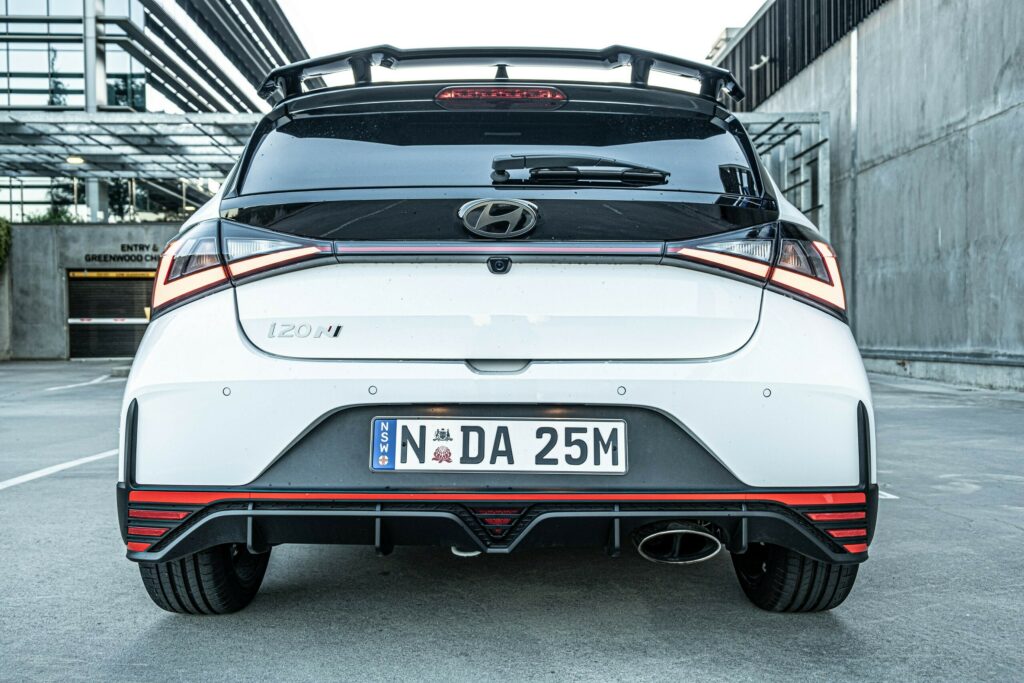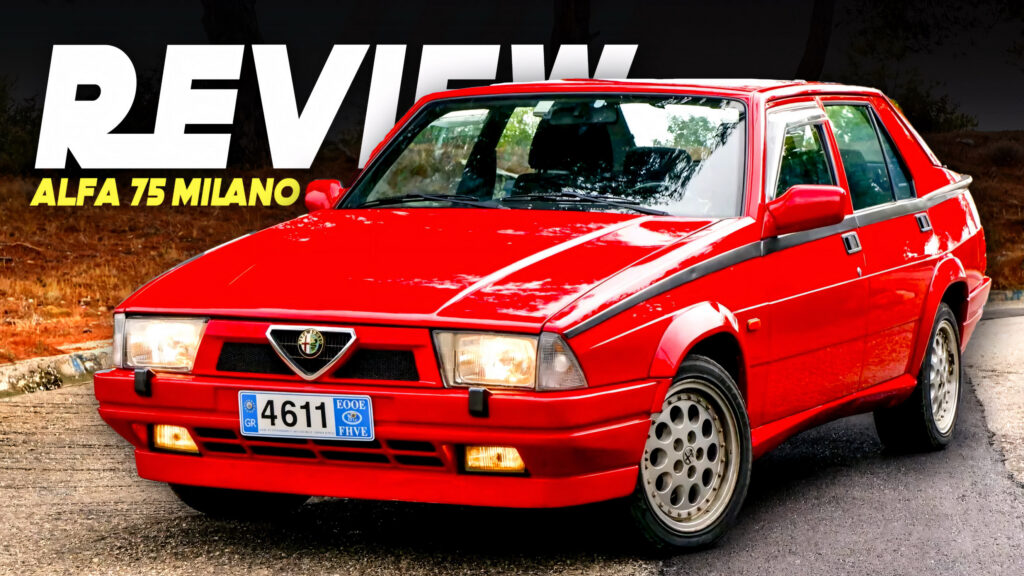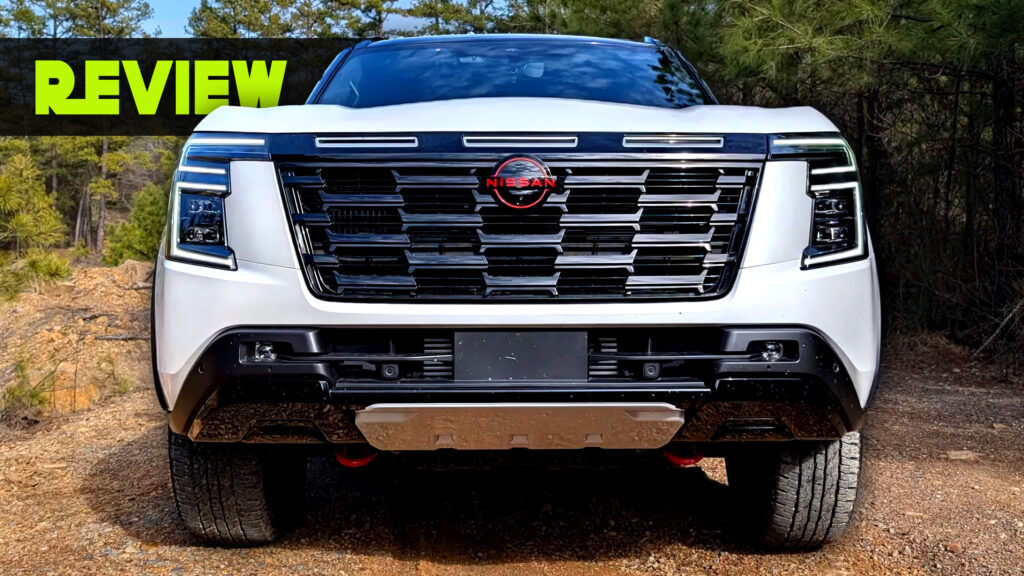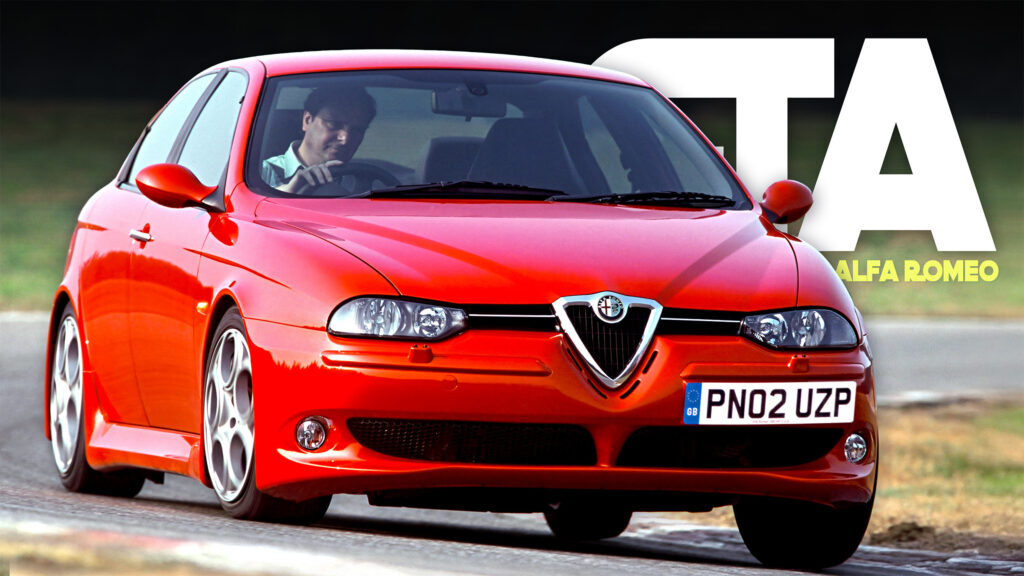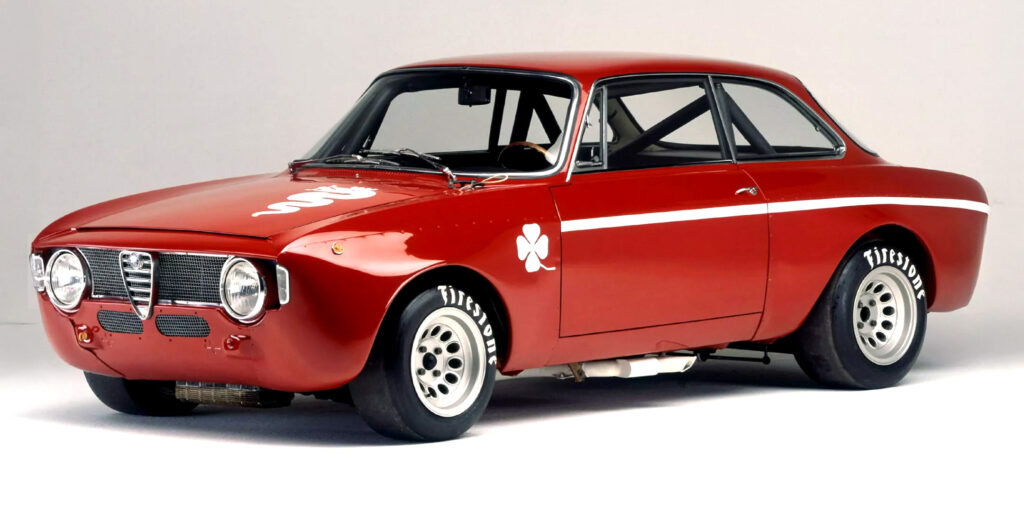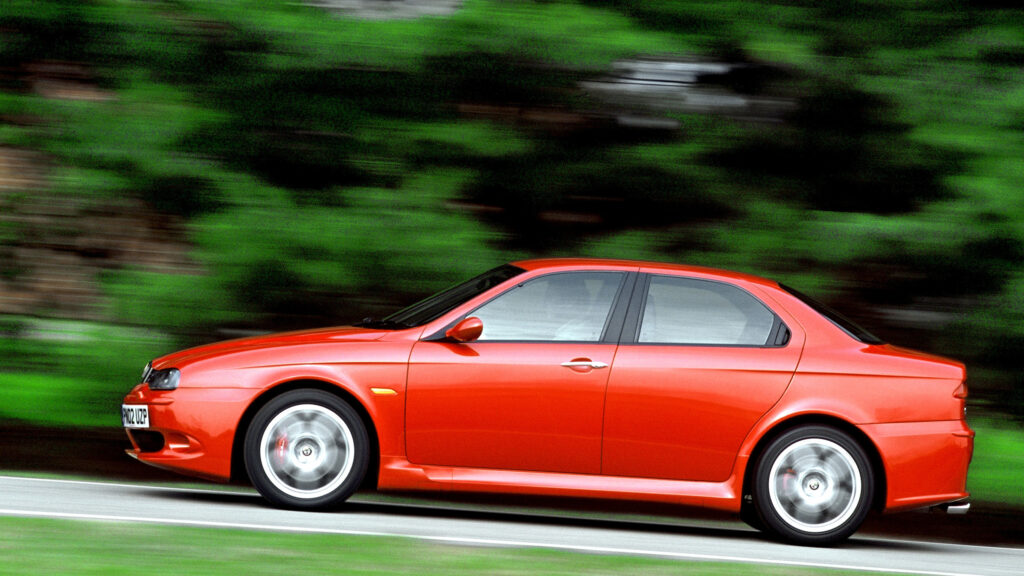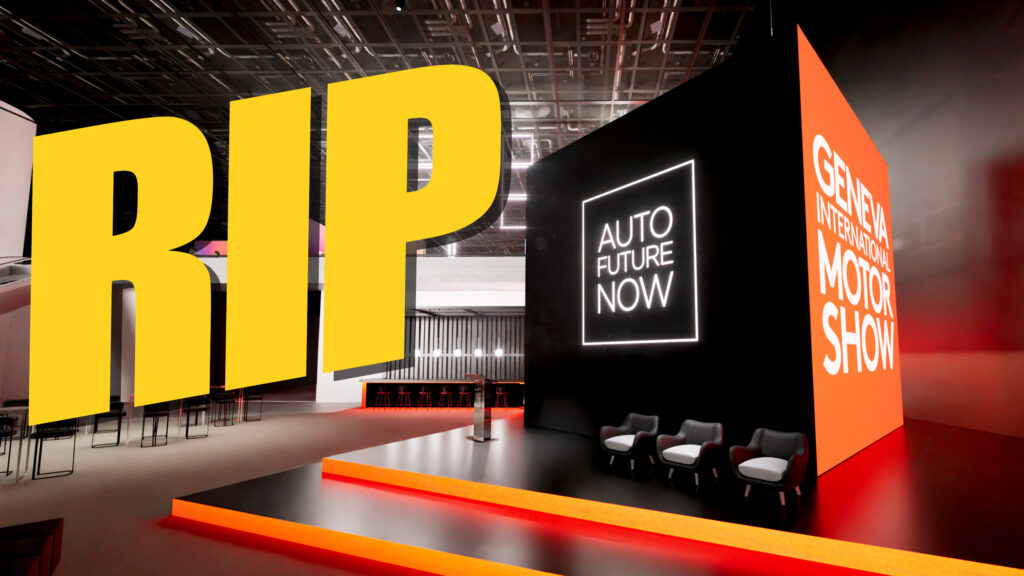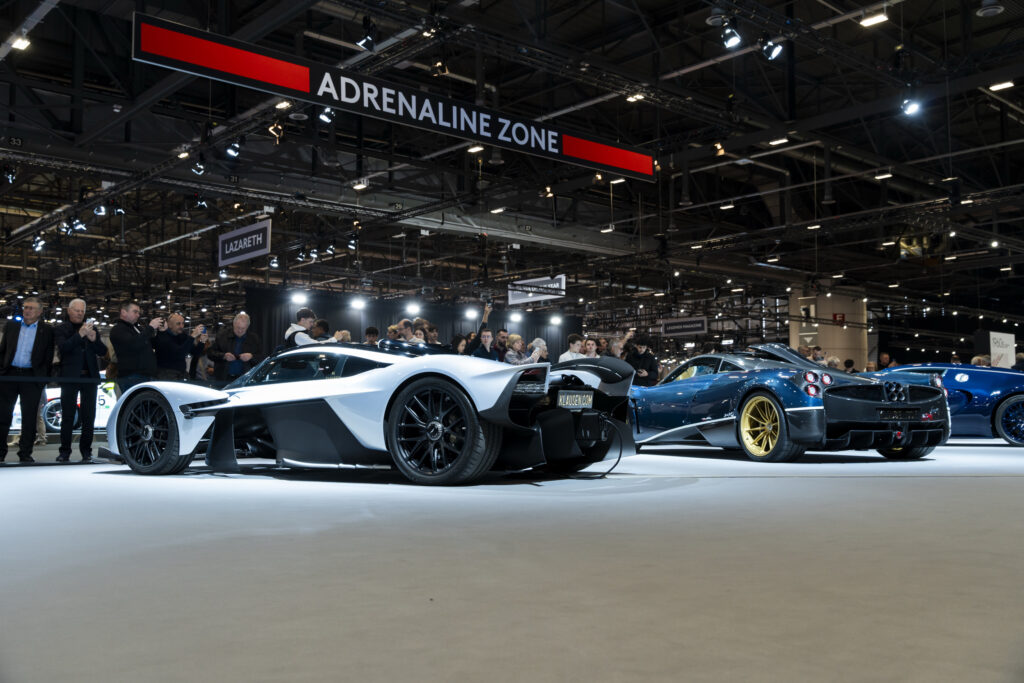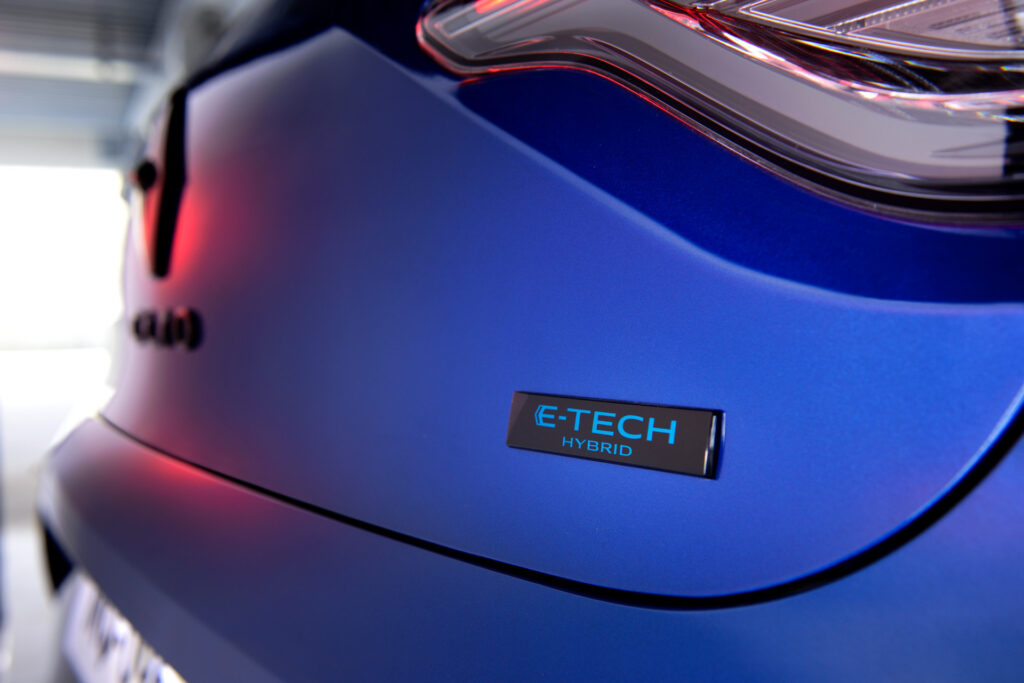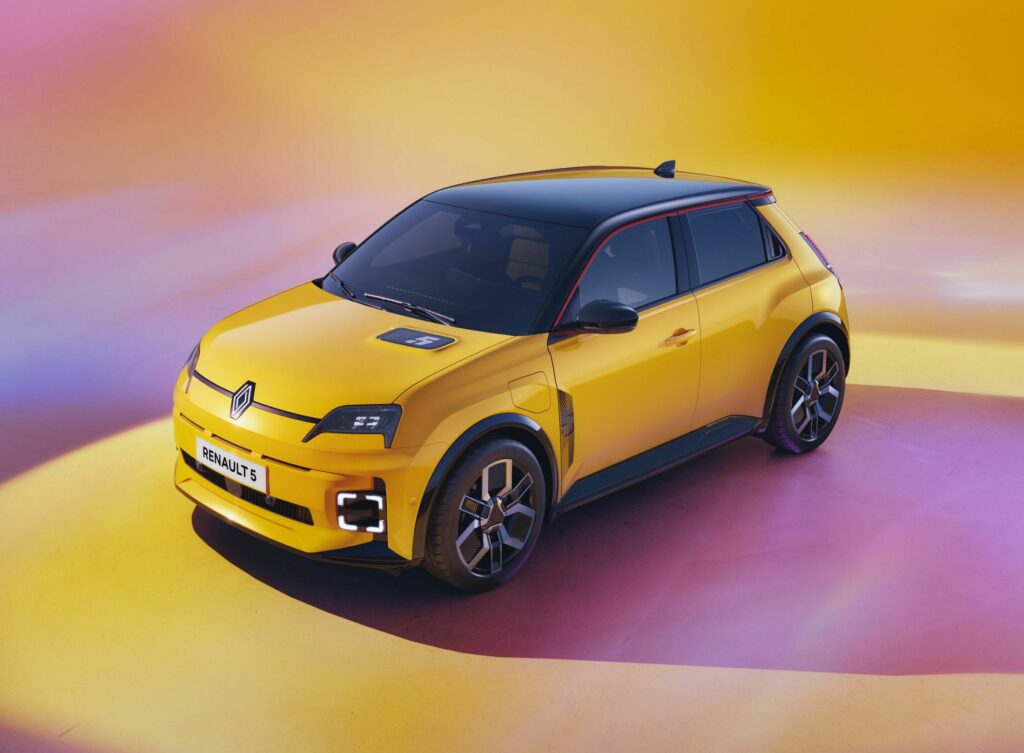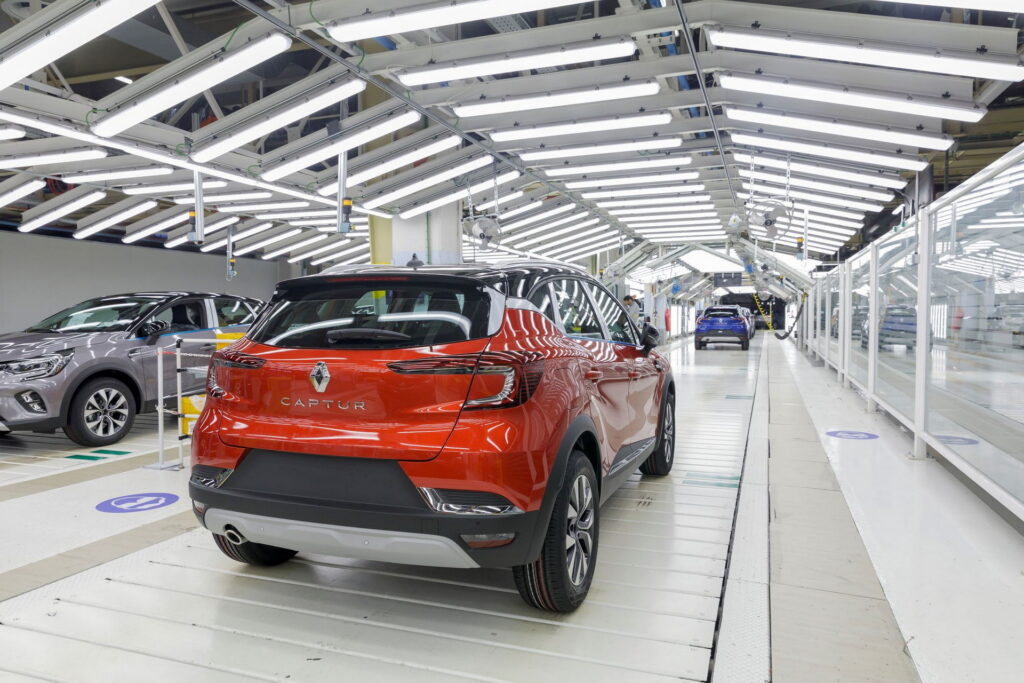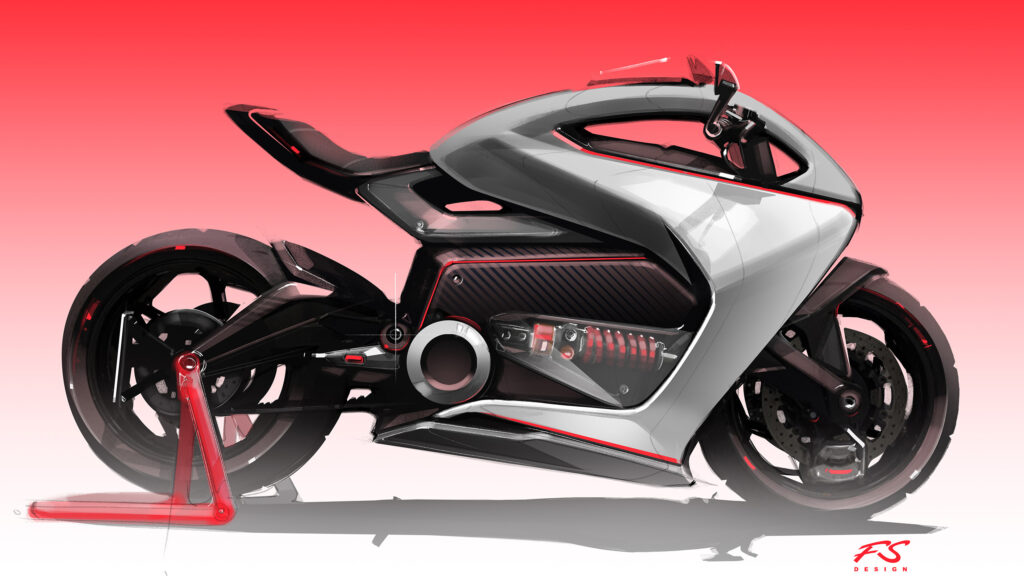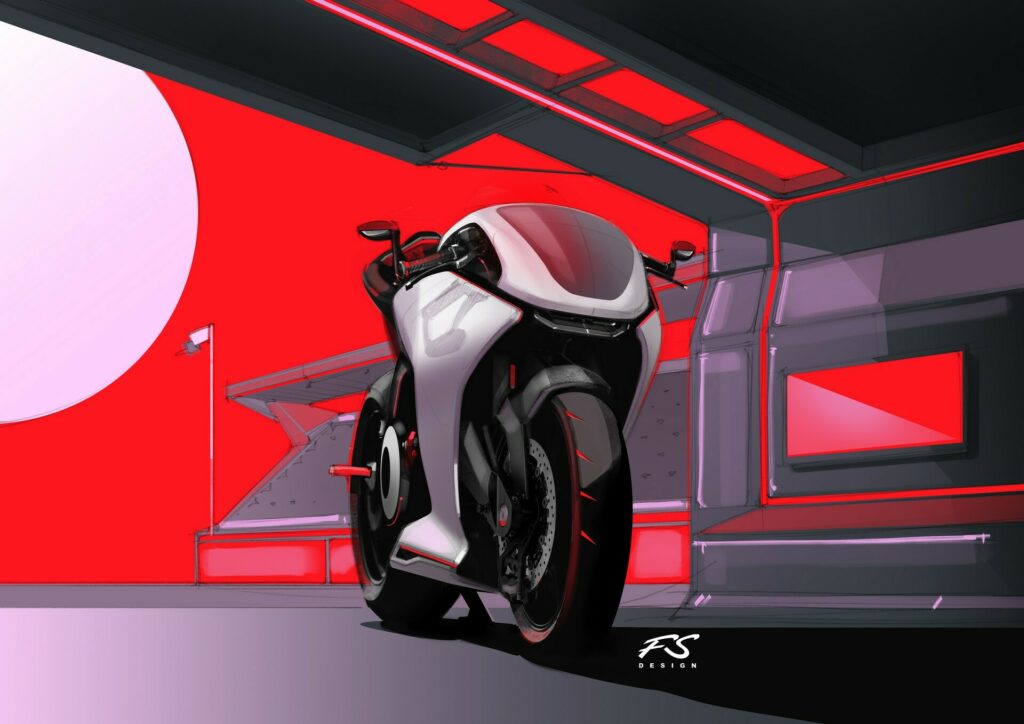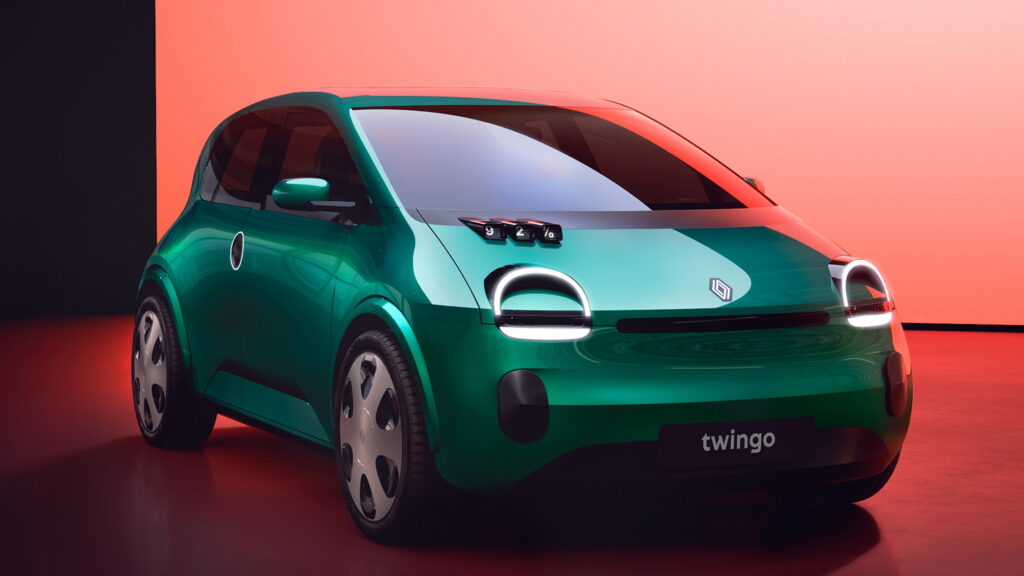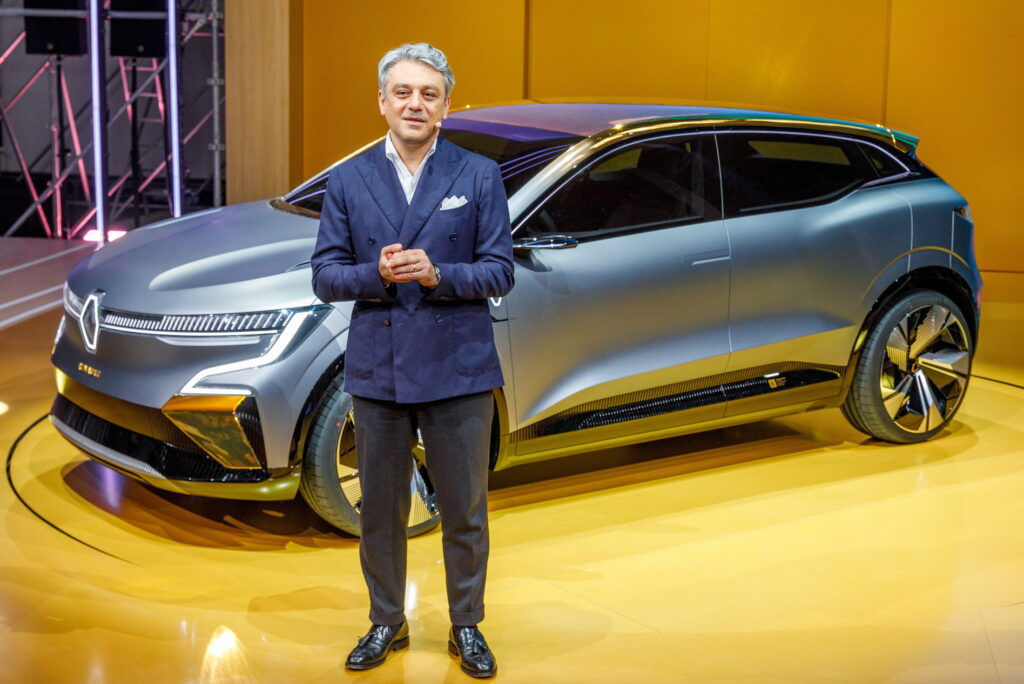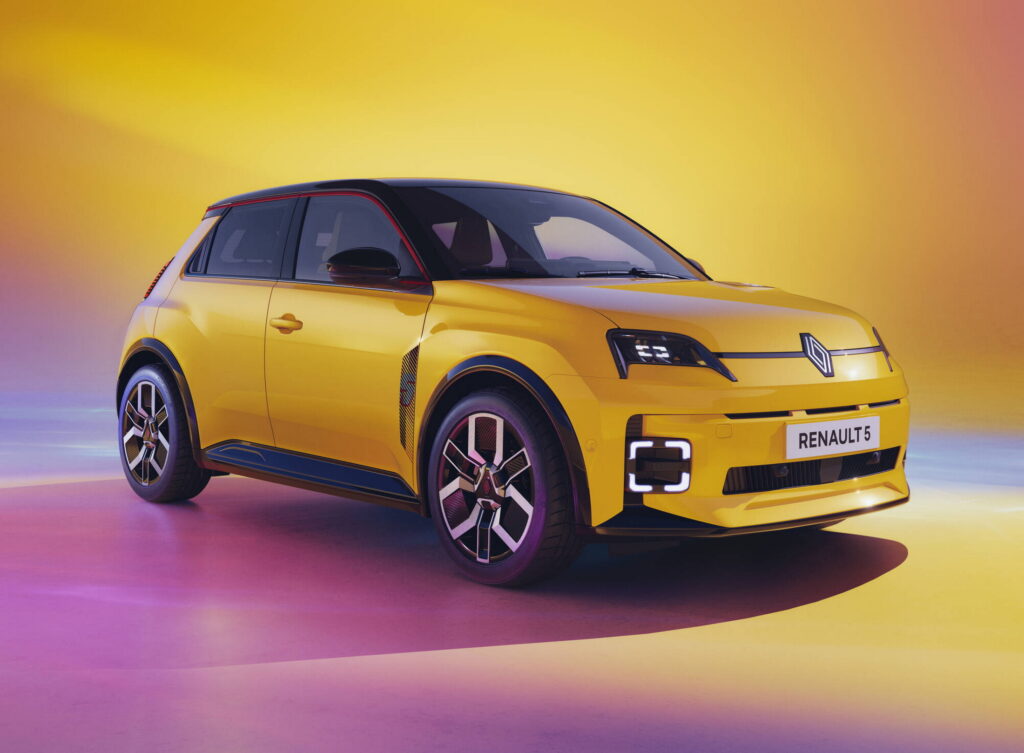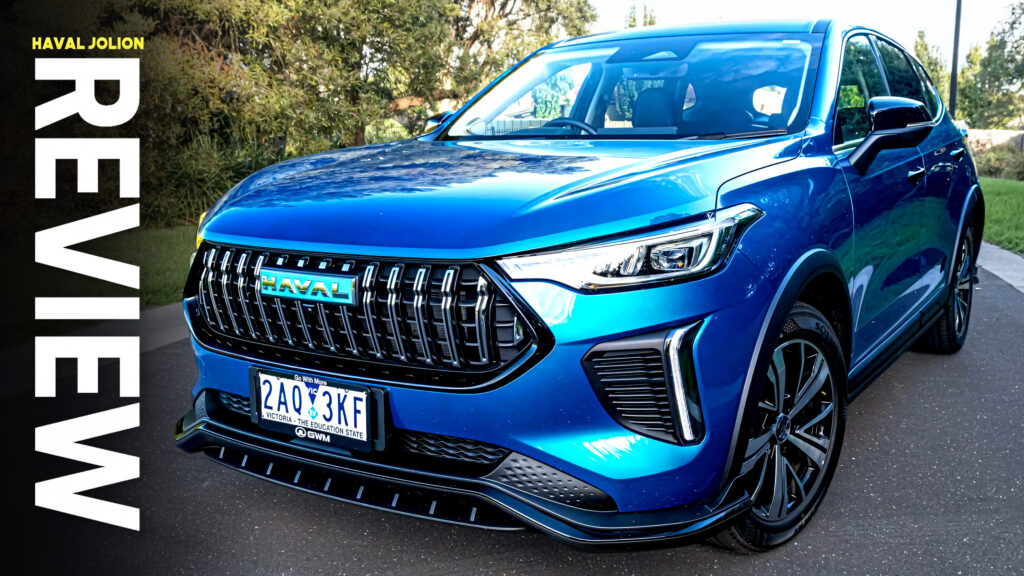
China’s automotive industry hasn’t just grown – it’s exploded. Over the past decade, the country has transformed into a global manufacturing powerhouse and, as of last year, became the world’s top car exporter, surpassing longtime leaders like Japan.
var adpushup = window.adpushup = window.adpushup || {que:[]};
adpushup.que.push(function() {
if (adpushup.config.platform !== “DESKTOP”){
adpushup.triggerAd(“0f7e3106-c4d6-4db4-8135-c508879a76f8”);
} else {
adpushup.triggerAd(“82503191-e1d1-435a-874f-9c78a2a54a2f”);
}
});
This rapid ascent has been driven in large part by a wave of new brands focused on electrification. Companies like BYD have made huge gains, while EV startups such as Xpeng, Li Auto, and Nio have grabbed international attention. Many of these firms have global ambitions and corporate roots in sprawling conglomerates like Geely.
Read: Haval’s Facelifted H6 Is A Hippo-Faced SUV From China
However, long before these newer brands gained traction, one of the most recognizable Chinese automakers with an international footprint was Great Wall Motor. Now known simply as GWM, the company has been around for over 40 years and made its Australian debut in 2009, becoming the first Chinese car brand to enter the local market.
In its early days, some of the models were hard to take seriously. But GWM stuck around, expanded its offerings, and launched the new Haval brand in Australia in 2015. Since then, its vehicles have gained traction, often quite literally on price alone. We recently spent a week living with one of its latest hybrids to see how far the brand has come.
QUICK FACTS
SWIPE
Photos Brad Anderson/Carscoops
What Is It?
The bright blue SUV you’re looking at is the Haval Jolion Lux HEV. It sits towards the top of the Jolion range, which starts at AU$24,990 (~$16,000) for the Premium and tops out at AU$37,990 (~$24,300) for the Ultra HEV. The Lux HEV we tested sits just below that model, and is available for AU$34,990 (~$22,400). That’s a very competitive price and undercuts equivalent rivals like the Hyundai Kona Hybrid and Toyota Corolla Cross by around AU$5,000 (~$3,200).
Powering all Jolion HEV models is a 1.5-liter four-cylinder petrol engine with 94 hp (70 kW) and 92 lb-ft (125 Nm) of torque. This engine is supplemented by an electric motor with 154 hp (115 kW) and 184 lb-ft (250 Nm), resulting in a combined 188 hp (140 kW) and 277 lb-ft (375 Nm). That’s respectable, although by no means anything to write home about in this day and age.
var adpushup = window.adpushup = window.adpushup || {que:[]};
adpushup.que.push(function() {
if (adpushup.config.platform !== “DESKTOP”){
adpushup.triggerAd(“bb7964e9-07de-4b06-a83e-ead35079d53c”);
} else {
adpushup.triggerAd(“9b1169d9-7a89-4971-a77f-1397f7588751”);
}
});
A Solid Cabin
Photos Brad Anderson/Carscoops
I’ll be honest: I didn’t have high expectations for the cabin of the Jolion. However, I was pleasantly surprised by how nice it was.
The automaker has avoided the trap of plastering an affordable model in piano black plastic, instead opting for plastic pieces on the center console with faux wood and faux metallic finishes. Positioned ahead of the driver is a 7.0-inch digital instrument cluster, and a 12.3-inch infotainment display sits proudly on the dashboard.
The cluster is small and basic by modern standards, offering no scope for customization and complete with a rather bland and uninspired layout. It does the job, but it would be nice if Haval were a little more creative with the software.
var adpushup = window.adpushup = window.adpushup || {que:[]};
adpushup.que.push(function() {
if (adpushup.config.platform !== “DESKTOP”){
adpushup.triggerAd(“b25ecba7-3bbb-4ea7-a3a8-dbea91695c07”);
} else {
adpushup.triggerAd(“e46c436a-adeb-4b5e-a2c7-56bc36561c10”);
}
});
The steering wheel has a similar feel. The plastic buttons are bargain-basement specials, and the four-spoke design just isn’t that appealing. As with other Haval models, the driver monitoring system is positioned in the A-pillar, but it looks like an afterthought.
Photos Brad Anderson/Carscoops
On the plus side, the larger infotainment screen is bright and crisp and quickly responds to the touch. It may only offer wired Android Auto and Apple CarPlay, but the system is simple to use and understand. Most of the climate controls are on the screen, though, which is a little annoying. Haval has added some physical buttons below the screen with HVAC shortcuts, but whenever you press one, it brings up the A/C settings on the screen. So, if you press the A/C button to simply turn it on or off, the screen will enter the climate control menu. Not a big issue, but I can’t see the point in duplicating the info in the first place either.
Elsewhere, the rest of the materials feel good for this price point, with a good mix of soft-touch areas and hard-wearing black plastic. The contrasting white stitching of your tester was also a nice addition.
While the Haval Jolion HEV is quite small, the interior is surprisingly spacious. There’s plenty of headroom at the front and enough for adults in the back seats. Haval has added two USB-C ports in the rear, air vents, and cupholders in the fold-down armrest. Rear cargo space isn’t great, with just 255 liters (9 cubic feet), or 916 liters (32.3 cubic feet) with the rear seats folded down. As with most new cars on the market, there’s no spare tire, so you better pray that puncture won’t be too large for the repair kit to fix.
Smooth Cruiser, Annoying Tech
Photos Brad Anderson/Carscoops
Driving the Jolion HEV can, at first, be frustrating. This isn’t because of anything related to the powertrain or the chassis setup, but rather the overbearing driver monitoring system.
Loads of other new cars have such technologies that are constantly beeping and binging at random. The Haval’s system is particularly sensitive and very often chimes seemingly without any reason. It feels like you’re sitting in the back of a classroom being punished by a substitute teacher anytime you look away from the whiteboard. Look at the infotainment screen? The DMS will start ringing. Grab a drink from the cupholder? It’ll start ringing.
The emergency lane-keep assist system is also oversensitive. If you even come close to a road line, it’ll ring, and a message reading ‘Hey, don’t stray!’ will pop up on the central screen. These systems are annoying, but it’s not the end of the world, as they can be easily turned off through the touchscreen. Owners have just got to be prepared to do it every time they go for a drive.
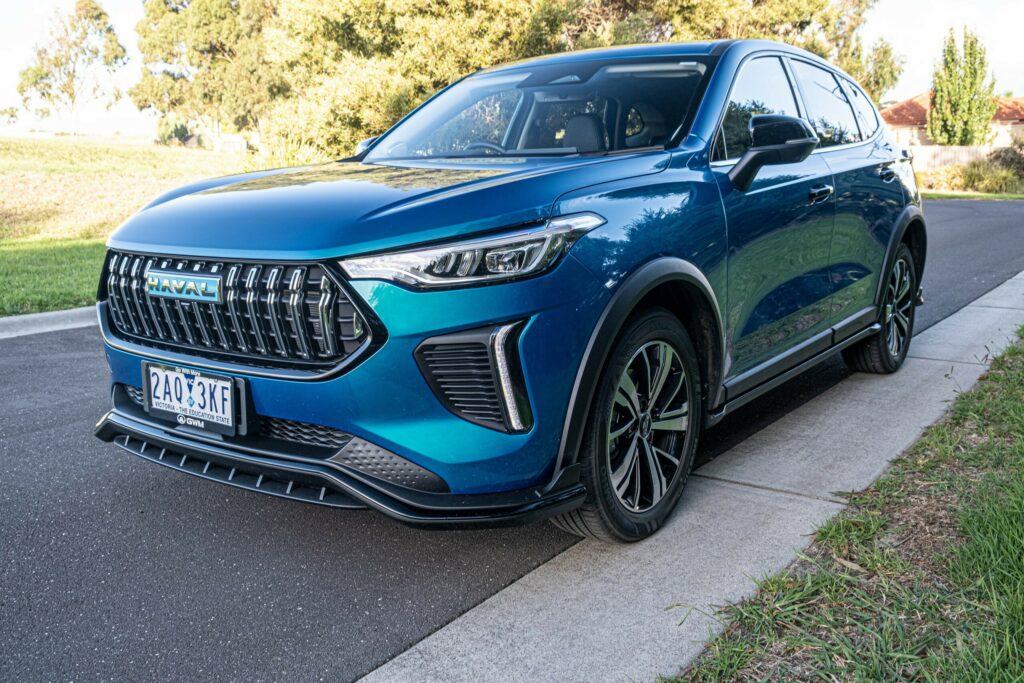
Once you get over these annoying safety systems, the Haval actually drives quite nicely. The car will intelligently decide when it wants to run on all-electric power, and when it needs to call on assistance from the four-cylinder. However, most of the time, it’s happy to run on electricity alone.
Read: GWM Ora GT Proves The Chinese Mean Business
When the 1.5-liter is needed, it turns on silently and provides uninterrupted power. It’s certainly smoother and quieter than the more complicated 1.5-liter hybrid system we recently tested in the Honda HR-V, and that’s saying something.
Obviously, it’s not fast. But it has more than enough pace for everyday driving duties. It has the guts to get up to highway speeds without any issue, and I was never left longing for more power. It’s relatively efficient, too, returning 5.1 l/100 km (46.1 US mpg) over the combined cycle according to Haval. Admittedly, we averaged 6.1 l/100 km (38.5 US mpg) during our time with it.
Photos Brad Anderson/Carscoops
GMW has also done a good job ensuring the Haval Jolion HEV rides well, yet still feels a little sporty when it’s pushed. There’s multi-link rear suspension at the rear, and while the suspension isn’t adjustable, a lot of care has obviously been given when tuning it.
The steering offers three different settings: Light, Comfort, and Sport. None of them adds any real feeling to the steering, and it can be a little hard to feel what’s going on under the front wheels. Nevertheless, the steering feels well-weighted and direct in all three settings.
One of the more interesting features of the Jolion HEV is that it has adjustably regenerative braking, which isn’t something you often find in a hybrid. What’s more, there’s even a one-pedal driving mode which, again, is quite unusual for a hybrid. For the most part, the braking of the Haval feels assured. However, the one pedal mode isn’t as smooth or as intuitive as one pedal driving in an EV. That’s hardly a surprise, but it is a shame.
Verdict

This is not a vehicle that’s designed to thrill. It can feel a little out of sorts if you drive it too hard, and the Kumho Solus US63 tires do not provide all that much grip. In fact, the Jolion can spin up its inside front wheel if you’re a little too greedy on the gas, and there can, at times, be a little bit of torque steer when the throttle is pinned.
After living with the Haval Jolion HEV, I can understand why the Haval brand has proven to be so popular in Australia. Yes, some of the safety systems need to be better calibrated, but GMW has done a fine job of creating a hybrid powertrain that’s quiet and smooth most of the time. It’s definitely worthy of consideration.
